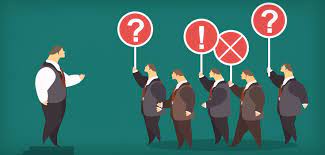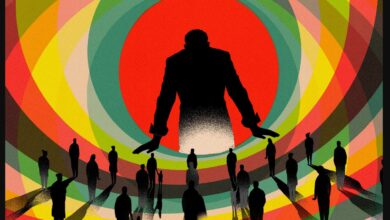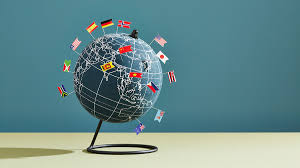The Role of political leaders in shaping public opinion and Discourse

In a democratic society, public opinion and discourse play a significant role in shaping policies and decision-making. Political leaders are the key drivers of public opinion and discourse, and their actions, statements, and policies can have a significant impact on the public’s views and beliefs. This article will explore the various ways political leaders shape public opinion and discourse and the potential consequences of their actions.
Introduction
In this section, we will introduce the topic of the article and discuss the importance of public opinion and discourse in a democratic society. We will also provide an overview of the different ways political leaders influence public opinion and discourse.
The Power of Political Leaders in Shaping Public Opinion
In this section, we will discuss the various methods political leaders use to shape public opinion. We will explore the power of political speeches, public appearances, and media coverage in influencing public perception. We will also discuss the role of social media in shaping public opinion and the challenges it presents.
The Impact of Political Speeches
In this subsection, we will discuss the power of political speeches in shaping public opinion. We will explore how politicians use rhetorical devices and emotional appeals to influence public perception. We will also discuss the limitations of political speeches and the importance of fact-checking and critical thinking.
The Role of Public Appearances
In this subsection, we will discuss the impact of public appearances on public opinion. We will explore the importance of body language, nonverbal communication, and visual cues in shaping public perception. We will also discuss the risks of misinterpretation and miscommunication in public appearances.
The Influence of Media Coverage
In this subsection, we will discuss the role of media coverage in shaping public opinion. We will explore the different types of media and the impact they have on public perception. We will also discuss the challenges of media bias and fake news and the importance of media literacy.
The Power of Social Media
In this subsection, we will discuss the influence of social media on public opinion. We will explore the challenges of echo chambers, filter bubbles, and online harassment. We will also discuss the opportunities and risks of social media in shaping public discourse.
The Consequences of Political Leaders’ Actions on Public Opinion
In this section, we will explore the potential consequences of political leaders’ actions on public opinion. We will discuss the impact of political polarization, disinformation, and propaganda on public discourse. We will also explore the risks of social unrest, violence, and authoritarianism in extreme cases.
The Risks of Political Polarization
In this subsection, we will discuss the dangers of political polarization in society. We will explore the impact of tribalism, identity politics, and ideological extremism on public discourse. We will also discuss the importance of empathy, dialogue, and compromise in bridging political divides.
The Dangers of Disinformation and Propaganda
In this subsection, we will explore the risks of disinformation and propaganda in shaping public opinion. We will discuss the impact of fake news, conspiracy theories, and manipulation on public perception. We will also discuss the importance of media literacy, critical thinking, and fact-checking in combating disinformation.
The Threat of Social Unrest and Violence
In this subsection, we will discuss the risks of social unrest and violence in extreme cases. We will explore the impact of hate speech, incitement, and demagoguery on public discourse. We will also discuss the importance of responsible leadership, peaceful protests, and nonviolent conflict resolution.

